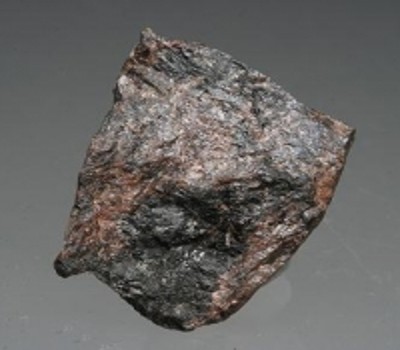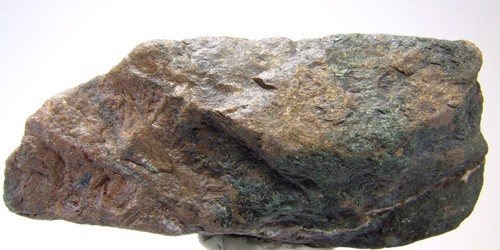Hagendorfite is an iron phosphate mineral with the chemical formula of (Na, Ca)MnFe2(PO4)3 and is named after where the mineral was discovered, Hagendorf-Süd, Bavaria, Germany. It is a monoclinic-prismatic greenish-black mineral containing calcium, iron, magnesium, manganese, oxygen, phosphorus, and sodium.
General Information
- Category: Iron phosphate minerals
- Formula: (Na,Ca)MnFe2(PO4)3
- Crystal system: Monoclinic
- Crystal class: Prismatic (2/m) (same H-M symbol)

Fig: Hagendorfite – iron phosphate mineral
Properties
Hagendorfite is in the monoclinic crystal class; the mineral’s internal symmetry consists of three axes with unequal length. They also have the characteristic mirror plane, which can produce a perfect mirror image when divided in two. Hagendorfite belongs to the monoclinic crystal class, so it is assigned to the biaxial optical class.
- Color: Greenish-black
- Crystal habit: Massive – uniformly indistinguishable crystals forming large masses.
- Cleavage: {001} good, {110} poor
- Mohs scale hardness: 3.5
- Streak: Gray-green
- Diaphaneity: Translucent
- Specific gravity: 3.71
- Optical properties: Biaxial (-)
Occurrence
The mineral is found in various locations around the world. It occurs in complex granite course-grained rocks called pegmatites or in the phosphate nodules in shale. Although hagendorfite was first discovered in Bavaria, Germany, it has since been found in the Southern Province of Rwanda, the Sowie Mountains in Poland, and New Hampshire in the US.
Association: Triphylite, wolfeite, hematite (Hagendorf, Germany).
Information Source;
















